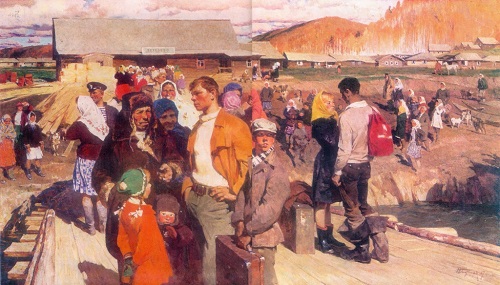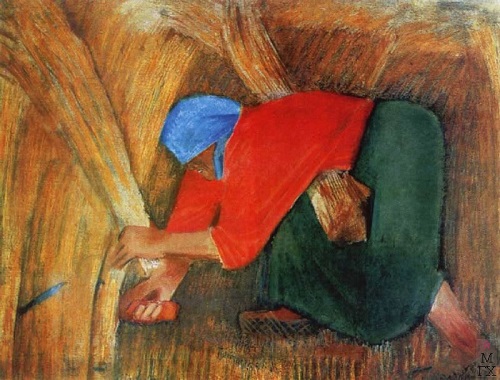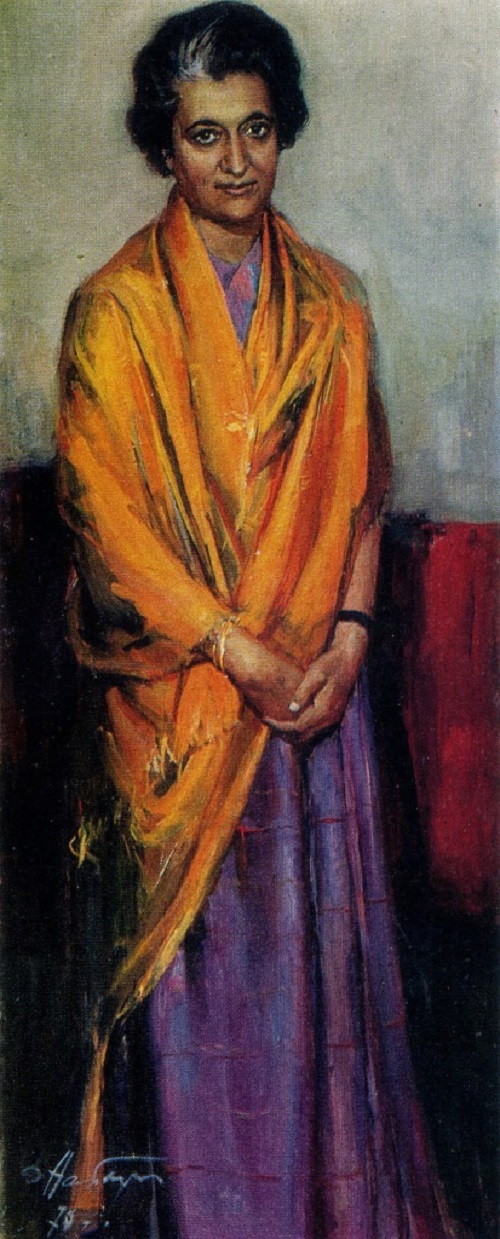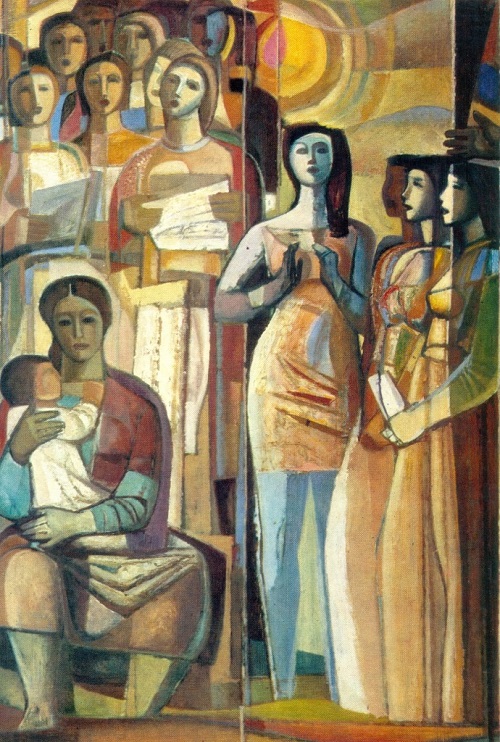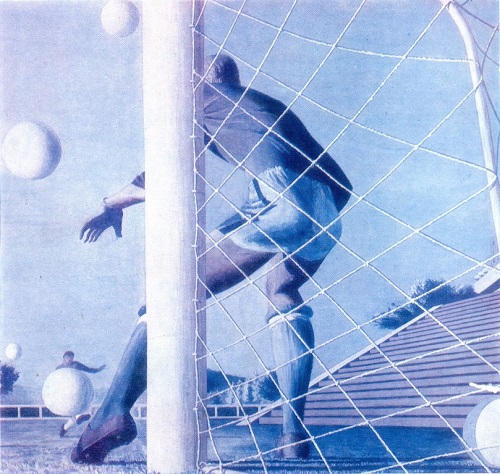Soviet Artists Painting War Time
Soviet Artists Painting War Time
The Great Patriotic War became obvious the most important factor in the development of art in the 1940s. Soviet artists and sculptors, like other citizens, have been actively involved in the protection of the country, but because of the nature of their profession, they (as well as writers) were attracted to propaganda tasks, determined by the government, who gave an enormous role in this period. During the war, there were significant works of easel graphics, and the variety of experiences has given rise to a variety of forms. It is fast and accurate front-line documentary sketches, different in technique, style and artistic level. These were portrait drawings of soldiers, guerrillas, sailors, nurses, commanders – a rich chronicle of the war, then transferred in part in the engraving. In the scenery of the war a special place is occupied by the image of besieged Leningrad. War time painting had its stages. At the beginning of the war – the artists mainly fixed what they saw, not aspiring to a generalization, almost hasty pictorial sketches. Artists painted on live impressions, which they had a lot. These paintings always had a great sincerity, passion, admiration by people bravely withstanding inhumane challenges, integrity and honesty of artistic vision, a desire to be extremely conscientious and accurate.
More »

